In the latter half of 1958, two events occurred that would have a profound effect on the science of astrophysics: one was the signing of the National Aeronautics and Space Act by President Dwight D. Eisenhower, which authorized the creation of NASA as a civilian space agency; the other, much more humble of the two, was the birth in the West Bronx of Neil deGrasse Tyson.
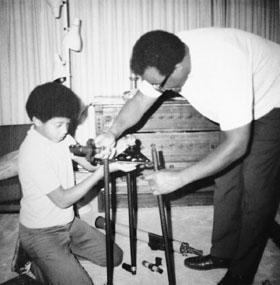
Neil (age 12) assembling his first telescope with his father, Cyril (source: Living on Earth)
Born to Cyril deGrasse Tyson and Sunchita Feliciano Tyson, Neil grew up in the Skyview Apartments, a prophetically-named complex located in the relatively well-to-do neighborhood of Riverdale. His father, himself a son of immigrants from the Caribbean, was a sociologist and activist; his mother was a housewife who would later earn a Master’s degree in gerontology. That the Tyson family lived in a middle-class enclave was fairly remarkable for the late 1950’s, especially since there had been protests from residents at the time to keep Black families from moving in. Though the family was fairly off for the time, Neil was acutely aware of how fortunate he was, and how difficult things were for many other people of color in America. During Neil’s childhood, his father’s career centered on collaborating with city officials to create employment opportunities in the inner city for urban youth.
“Year after year, the forces operating against this effort were huge: poor schools, bad teachers, meager resources, abject racism, and assassinated leaders… I was watching America do all it could to marginalize who I was and what I wanted to become in life.” (1)
In a piece written for NASA’s 50th Anniversary, he describes his fascination and excitement about the space program in the 1960’s, an excitement tempered by the knowledge that he could never be an astronaut:
“[T]he vicarious thrill of the journey, so prevalent in the hearts and minds of others, was absent from my emotions. I was obviously too young to be an astronaut. But I also knew that my skin color was much too dark for you to picture me as part of this epic adventure.”
As a matter of fact, NASA was only integrated by a direct Presidential order from Lyndon Johnson to Wernher von Braun, rocketry pioneer and first director of the National Aeronautics and Space Administration. And, while President Johnson’s mandate instructed NASA to work with Alabama A&M and Tuskeegee University to locate qualified candidates to work with the space program, the idea of a Black astrophysicist was essentially unheard of.
It’s a good thing that no one bothered to tell young Neil, who wouldn’t be stopped from exploring the Universe even if all the astronauts were White.
As he tells in his memoir, The Sky Is Not the Limit: Adventures of an Urban Astrophysicist, it hadn’t really occurred to Neil to look to the sky until a friend encouraged him to take a pair of binoculars and look up, instead of looking down, from the rooftop of the Skyview Apartments. Until that point, he’d been voracious and intellectually curious in the unfocused way that the youngest smart kids often are. Looking up at the moon that night, and recognizing it as an entirely different world, set him on a path from which he’d never deviate. It was during a visit to the planetarium that he first saw images of stars normally obscured by the city lights and encountered the idea that one could devote a lifetime to their study. This was also his first encounter with the Hayden Planetarium, an institution that would become inextricably entwined with his career.
For a time, Neil’s remarkable interests and night-time observations went unnoticed outside his immediate family because he just didn’t have the interest in formal education. Up to the sixth grade, he was pegged as an unexceptional, if socially adept, student whose most notable feature was an outsize personality. His sixth grade teacher, on his first report card for the year, admonished, “Less social involvement and more academic diligence is in order.” This same teacher, after a series of space-centric book reports, would later direct him to a program of lectures for older junior high and high school students at the Hayden.
In junior high school, frequent nighttime trips with telescopes to the apartment rooftop often lead to uninformed neighbors calling the police to report suspicious behavior. But, each time the police came out, they would be placated by a look through the curious young man’s telescope. “For all I know, I would have been shot to death on numerous occasions were it not for the majesty of the night sky.” (2)
By age fourteen – through a small scholarship from the Explorer’s Club of New York, having met the Director of Education of the Club in an adult-level class he attended at the Hayden – Neil had traveled to South Africa to observe a total solar eclipse off the coast. On the same trip he met Isaac Asimov, who would remember him well enough to write a blurb for his first book many years later.
He gave his first lecture the following year, an hour-long talk based on his photos from an astronomy camp in the Southern California desert the summer before. The lecture had been organized by a relative and was delivered as part of a continuing education program for New York City College students. Neil’s enthusiasm carried him through, without giving much thought to the fact that he was addressing a roomful of adults twice his age, or older.
The most remarkable thing about young Neil’s trajectory until that point was how far his fascination with the universe had taken him. He’d been so spectacularly charming and obvious about his love that people around him couldn’t help but present him with opportunities to express it. Neil’s childhood offers a valuable insight into what can happen when passion and potential are paired with opportunity, insofar as educational opportunities for people of color. He was gifted (though he prefers to note that he just worked extremely hard), but it was incumbent on the people around him to look past the color of his skin and encourage him to be in the right places at the right times.
Of course, Neil was too busy studying the skies in western Scotland, or visiting with Carl Sagan, who tried to entice Neil to enroll at Cornell, to notice the implications of what he was accomplishing. It was early in his studies at Harvard – which he chose over Cornell, having scrupulously studied the statistics and compared the universities – that the old doubts resurfaced, once expressed in the knowledge that he could never be an astronaut.
In a conversation with a fellow member of his wrestling team, during his freshman year at Harvard, Neil was flatly told that “Blacks in America do not have the luxury of your intellectual talents being spent on astrophysics.”
“Those words sat heavily with me”, he recalled, “because here I was just following my love of the universe, without any particular reference to the plight of society.”
“Astrophysics,” he said in a later interview, “is not the first subject you think of to put food on somebody’s plate, or to somehow improve the situation of the underprivileged in the world.” And while he had known that he was doing the right thing for himself, he did wonder if he was “doing the right thing, culturally.”
“And I knew my interest in the Universe was real, because I felt it in my heart, coursing through my veins. But my responsibility as an educated member of society was eating away at that ambition. In the absence of another way to think about the problem, I just kept at it with this albatross around my neck, this guilt that maybe I wasn’t doing all I could to help others.”
For the first time in his life, he was lead to truly question his choice of career based on his race. This became increasingly problematic when he looked around at what his fellow Black students at Harvard were doing with their gifts. The teammate who’d questioned the value of what Neil was doing was an economics major and a Rhodes scholar, studying economic solutions for impoverished urban centers. Of his graduating class of 1,600 only 131 were Black. Of these, two went into academics – the rest went into law, medicine, business, further deepening Neil’s questions about his obligations to his race.
Neil had been an excellent athlete, and found that he was not only lauded, but his qualifications and abilities were never questioned. Besides his accomplishments on the Harvard wrestling team, he was part of the rowing team and a gold medal-winning ballroom dancer. These activities didn’t conflict with society’s perceptions of where his talents should lie. However, in his academic pursuits, he often found himself faced with questions and disbelief; he had transgressed against the recognized order of things, and his path became a difficult one:
“At no time was I perceived as a future colleague, although this privilege was enjoyed by others in graduate school. When combined with the dozens of times I have been stopped and questioned by the police for going to and from my office after hours, and the hundreds of times I am followed by security guards in department stores, and the countless times people cross the street upon seeing me approach them on the sidewalk, I can summarize my life’s path by noting the following: in the perception of society, my athletic talents are genetic; I am a likely mugger-rapist; my academic failures are expected; and my academic successes are attributed to others.” (2)
In spite of this, in spite of his doubts, and frequent instances of being pulled over by incredulous police for driving while Black, occasionally with a carfull of textbooks, he would not be derailed from his trajectory: “After some fits and starts through my years in school, when becoming an astrophysicist seemed at times to be the path of most resistance through an unwelcoming society, I became a professional scientist. I became an astrophysicist.” (1) But, while his passions had carried him a long way, he still couldn’t quite shake the effect of the accusation from his former teammate.
The turning point came almost a decade later, when as a graduate student he was invited to speak at a local FOX affiliate regarding recent solar explosions. Donning his only tie, he taped his first television appearance, reassuring viewers that an explosion of plasma from the Sun, many times the size of Earth, would have no greater effect than a spectacular display of Aurora Borealis. He describes his reaction that night, as he watched the segment on the evening news:
“So, there it is. And, at the end, I had an epiphany. A revelation. It was 1989. I had never before in my life – and I believe, to this day, that it was the first such occasion – but I had never before in my life seen an interview with a Black person, on television, for expertise, that had nothing to do with being black.
“The guy didn’t ask me, ‘How do Black people feel about this plasma coming from the sun?’ He didn’t say ‘What does your community feel about this?’ ‘Will it harm your skin the way it will harm ours?’ That’s not the conversation that unfolded.”
He realized that he had proven something by having nothing to prove. In a world where the intelligence of people of color, and Blacks specifically, is dismissed out of hand, he realized that the pursuit of his passion for astrophysics was a service to the Black community, doing his part to silence the claims of intellectual inferiority. Here he was, a scientific authority, speaking directly to viewers in their homes, and subtly, but indelibly, undermining long-standing stereotypes:
“So if you had visible examples of this, then whatever is your next encounter with the Black person trying to squeegee your windshield at the red light, and, if you’re prone to saying ‘Oh, these Black people, they don’t work, and they’re too dumb, you’re going to have to remember that I just told you that Earth is safe from the plasma that came from the Sun. So, you’re going to have to reconcile this. You’re going to have to be wondering, ‘Well, maybe this guy could have been one of those, but for lack of opportunity, but for lack of institutions with foresight.”
“I said to myself, I just have to be visible. I, or others like me, in that situation. That would have a greater force on society than anything else I could imagine.” As a matter of fact, he would note in his memoir, that he has “refused all invitations to speak for black history month on the premise that [his] expertise is neither seasonal nor occasional.”
“It’s not that the Black community cannot afford to have me do astrophysics. It’s that the Black community cannot afford to have me not do astrophysics.”
At the time of his graduation from Columbia, he became only the seventh Black astrophysicist in America.
After completing his doctorate at Columbia in 1991, Neil went on to a research position at Princeton, and shortly thereafter, in 1994, returned to the Hayden Planetarium as a research assistant, his life once again intersecting with that of the institution that started him on his road as an astrophysicist. In 1996, when he was just 38, he’d become the youngest-ever director at the Hayden.
His career as a pop culture icon began long before then, starting with a column for Star Date magazine in the early 80’s. His book Universe Down To Earth (1994) marked the true beginning of his path as a popular author; in 2000 he was voted “Sexiest Astrophysicist” by People Magazine. By 2004 he was hosting a Nova miniseries on PBS, and, in October of 2005, he made his first appearance on The Colbert Report, beginning a very long relationship with late night comedy talk shows, including The Daily Show, Late Night with Conan O’Brien, The Tonight Show and Real Time with Bill Maher.
Between these appearances and the exploding popularity of YouTube clips of his various speaking appearances, with clips regularly garnering hundreds of thousands of views, he became possibly the most visible astrophysicist in pop culture since Carl Sagan.
His most popular solo youtube clip, with 1.3 million views, spawned a baffling phenomenon that has made him an even larger celebrity, in a video praising the achievements of Sir Isaac Newton – discovering the laws of optics, motion and the universal law of gravitation, and, in order to properly explain why planets orbit in ellipses, invents calculus before the age of twenty six.
At 1:32 in the clip, Tyson throws up his hands in sheer wonderment at what Newton had accomplished. This brief, emotive series of gestures was made into an animated GIF, which made its way onto reddit, to be used as a reaction to a question the poster found so obvious it defied answering. Shortly thereafter, an iconic image emerged, paired with the now almost ubiquitous phrase, “Watch out guys, we’re dealing with a badass over here”.
“Initially it was really weird and creepy”, Neil said in an interview segment discussing his odd, new fame as an Internet meme. “And then I said, this, in total, is a celebration. I should not object. It’s a little weird and creepy, but, I’m okay with it.”
And so, we celebrate the career of Dr. Neil deGrasse Tyson. Between his Internet popularity, hosting duties, record-breaking number of talk show appearances, best-selling books, podcasts, lectures, interviews, and blogs, he’s almost unavoidable. Relentlessly evangelizing for science, reason, research and education, on TV screens in our living rooms, he takes on stereotypes while never once addressing them directly. He’s passionate, erudite, funny and genuine. His only agenda is helping others to discover the wonder of the universe.
Referenced literature:
1. Tyson, Neil deGrasse; Avis Lang (2012-02-20). Space Chronicles: Facing the Ultimate Frontier. Norton. Kindle Edition.
2. Tyson, Neil De Grasse (2009-12-11). The Sky Is Not the Limit: Adventures of an Urban Astrophysicist. Prometheus Books. Kindle Edition.

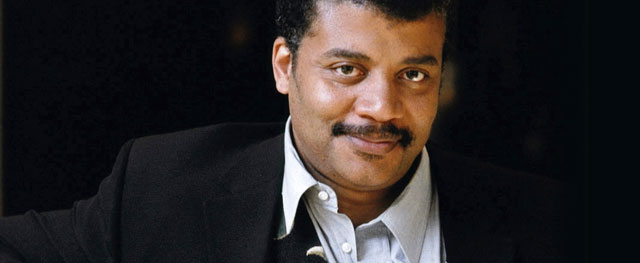
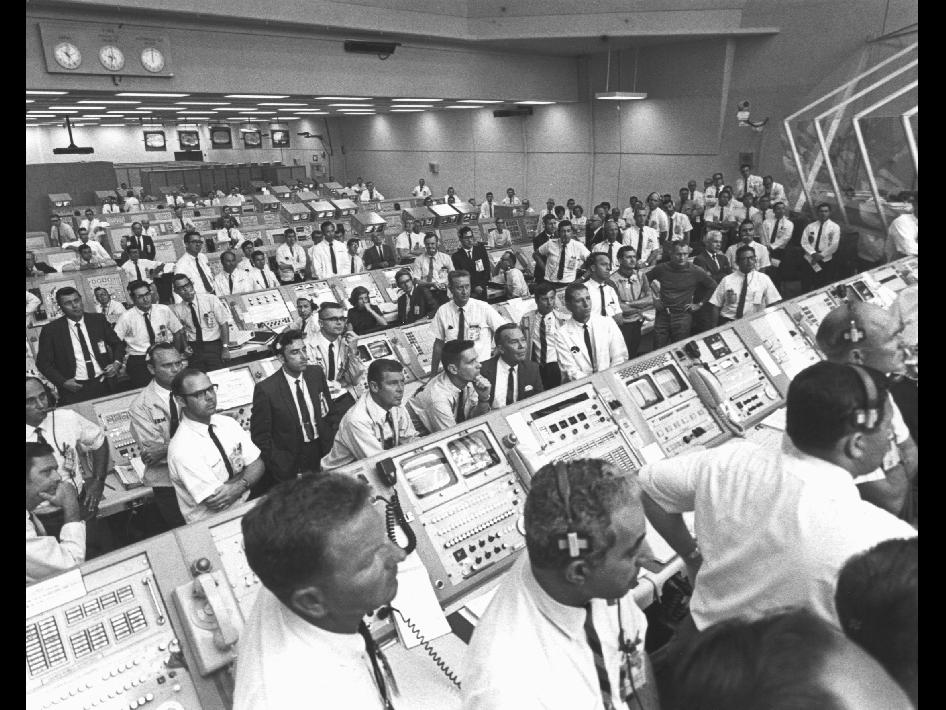
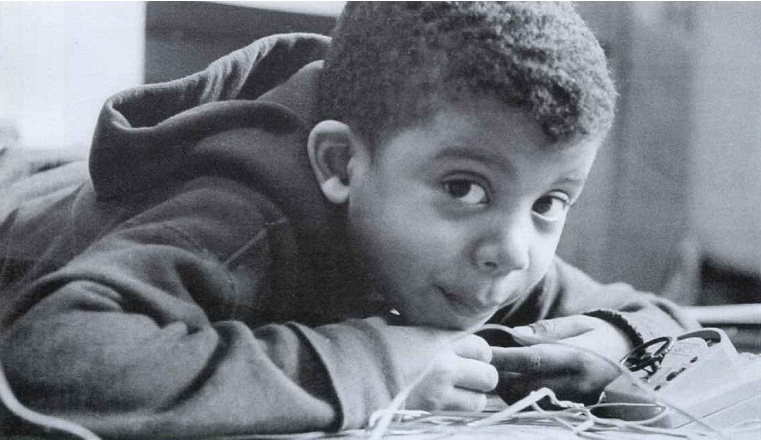
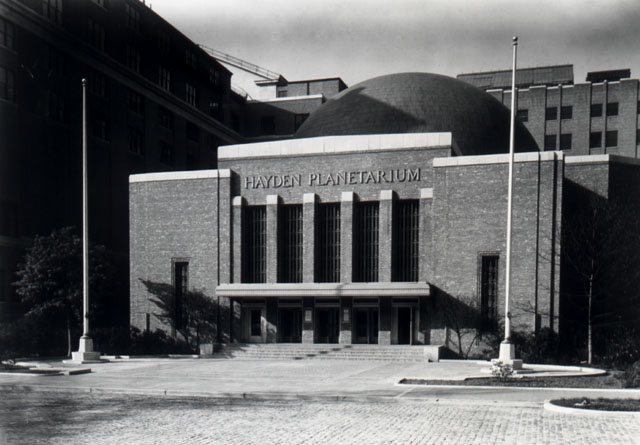
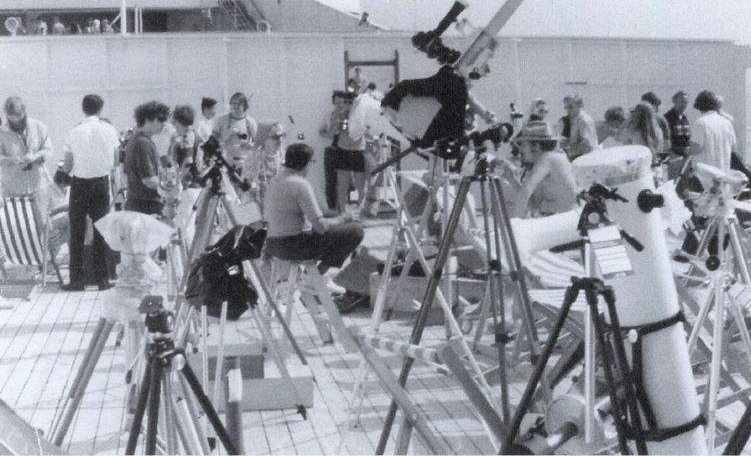

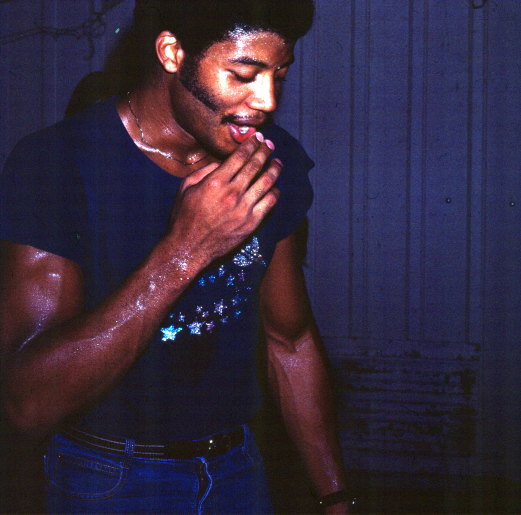
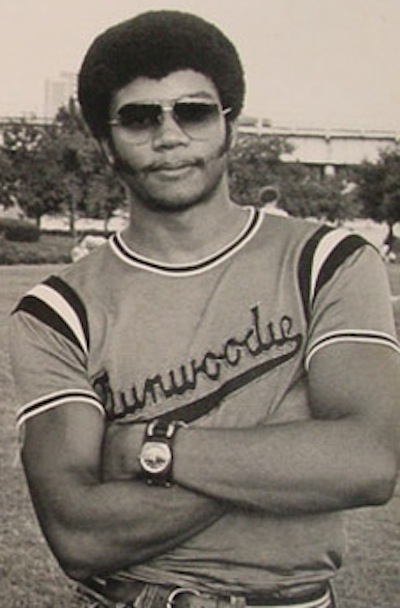

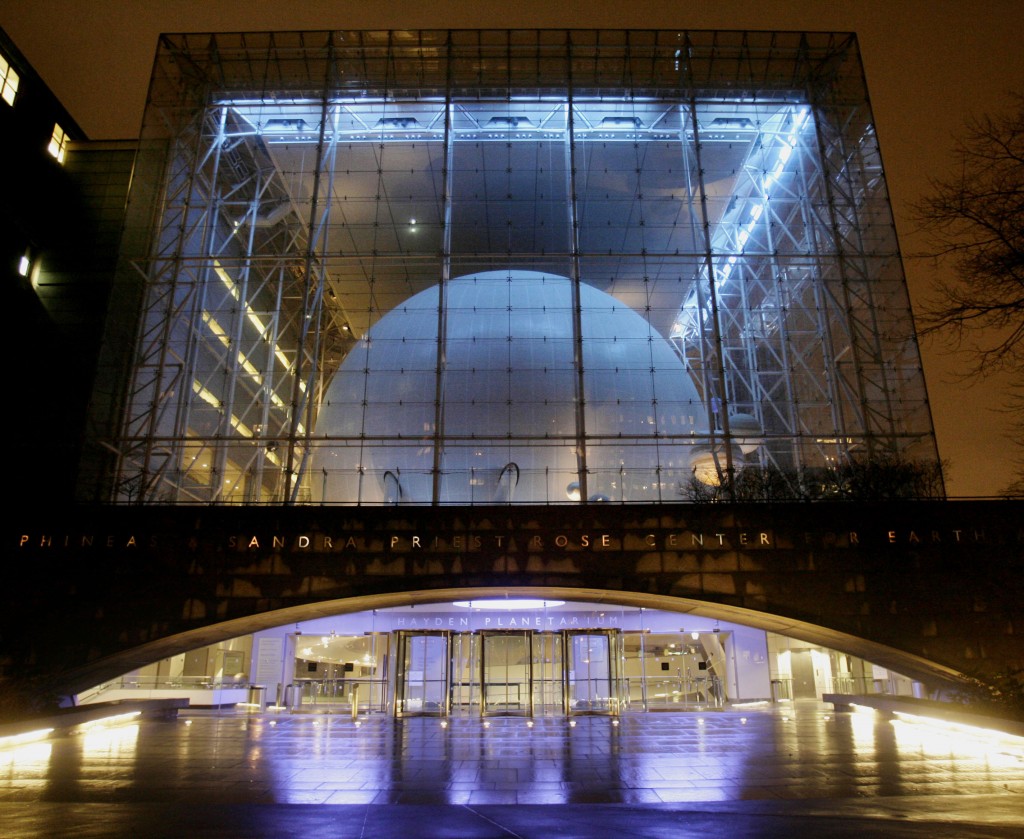
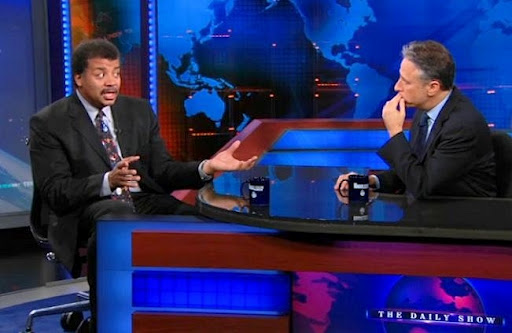
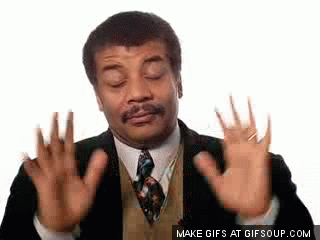
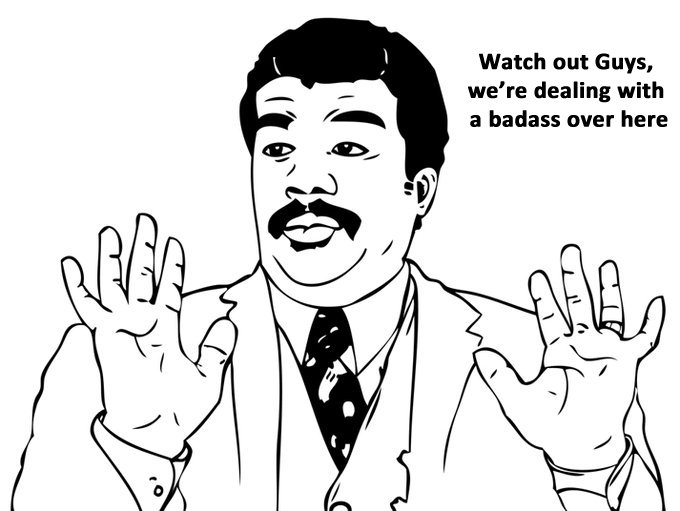
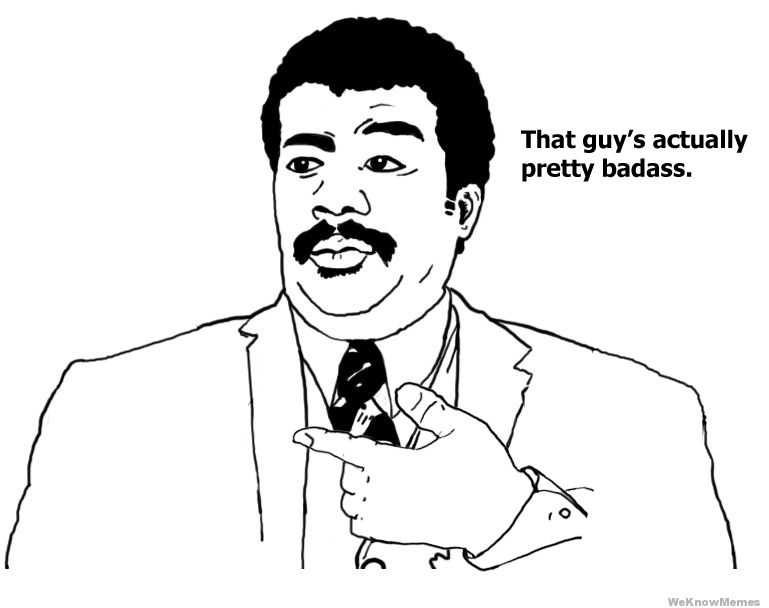

Pingback: Lorem Ipsum 3 – Ghettoversity
Pingback: Aerospace Engineering – Ghettoversity
Great read! I appreciate the in depth article, which highlighted his upbringing and his journey of growing up middle-class and black in America. I’m an avid supporter/fan of Dr. Tyson. Currently trying to find a poster of him having trouble finding/buying one… :/.
Can we get an internet petition to have Neil grow his 80’s style sideburns again?
I’m into it!
Seconded.
My 8 years old boy is doing his school project for Black History Month in Neil deGrasse Tyson. This article is by far the best one for him to read.
Oh, man, that’s fantastic! Glad to hear that Dr. Neil is gaining fans with the little ones and not just us weird Internet people.
If you’re looking for a good source for the project, though, I really, really recommend The Sky Is Not the Limit: Adventures of an Urban Astrophysicist. It’s about how Dr. Neil became Dr. Neil, in his own words.
I recall the first time I saw Dr. Tyson on television. In addition to being educated and entertained, I was so pleased that FINALLY the expert was a person of color. It made me tear up. At the time, television just wasn’t holding up people of color as “the expert.” By just being his amazing self, he has changed what children of color might aspire to. We love and admire you so much at our house, Dr. Tyson.
Crazy. I just read an article which displays a letter that Carl Sagan wrote him with Neils address. . My family lived in 5700 Arlington Avenue 1B. Neil and his family lived above us in 8b. Exactly 7 stories up directly above us.
Mind F@@@@@@ blown.
Pingback: Your Kids Love ‘Cosmos.’ Keep Them Interested in Science With These Books. | Israel Foreign Affairs
Pingback: We Got A Badass Over Here: Doctor Neil deGrasse Tyson, Science and Social Responsibility | Geekquality.com « Mark Turner dot Net
Mr. Tyson
Thank you so much for telling it like it is out there. I’ve been watching everything I can that you’ve done on tv. You’re a terrific educator and writer. Who but from you can someone pick up a book on astrophysics and come away amused and enlightened. Thank you for giving so much of yourself to the rest of us. I’m almost eighty years old and when I listen to you finally it all makes sence.
I come from a time when the moon was made of cream cheese. And how delightful it is knowing I can take everything you say to the bank. Thank you.
Donna Bailey
It was neither his color, nor his natural intelligence, that made Degrasse what he is today.
It was the essential geek traits of determined individualism and intellectual passion.
If enough people – of any background – could just do the same for themselves (in spite of social or peer pressures), stereotypes would be not be an issue.
I love Neil deGrasse Tyson!
He is absolutely awesome. Yes, Neil, you did the right thing perusing a career in Astrophysics and Astronomy.
You refused to conform to all the stereotypes and peer pressures, and stood your ground as a tuff individual.
Neil deGrasse Tyson is a true, red white and blue American, a true patriot, as apple pie as they come.
I consider it a patriotic duty, to stand up against all these Republican Christian fundies, and study one’s science and math.
Now, I hope there will be a second season for the new COSMOS, Space Time Odyssey.
I’m keeping my eyes peeled for it.
Please . . . make it so!
Where did the photos of young Neil dGT come from? I’m particularly interested in finding a source for the photo of him and his dad putting the telescope together.
Beautiful writing and research. Hats off to you!